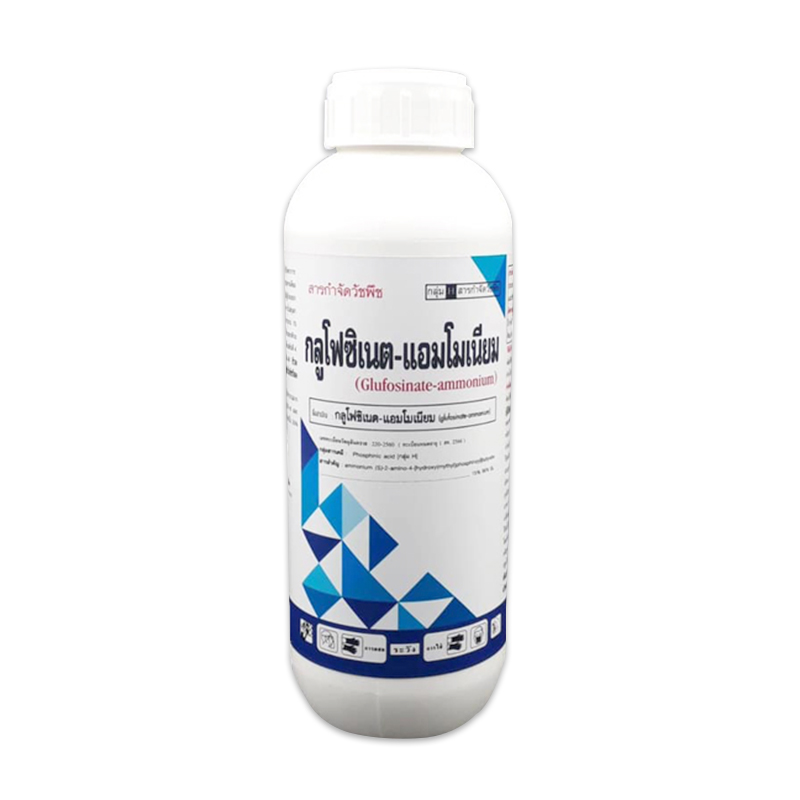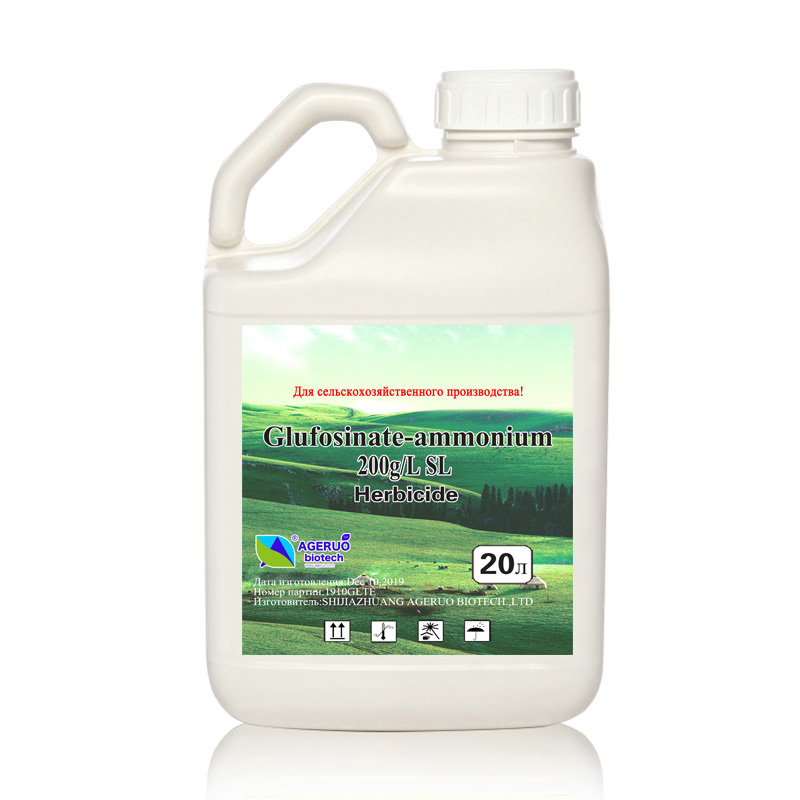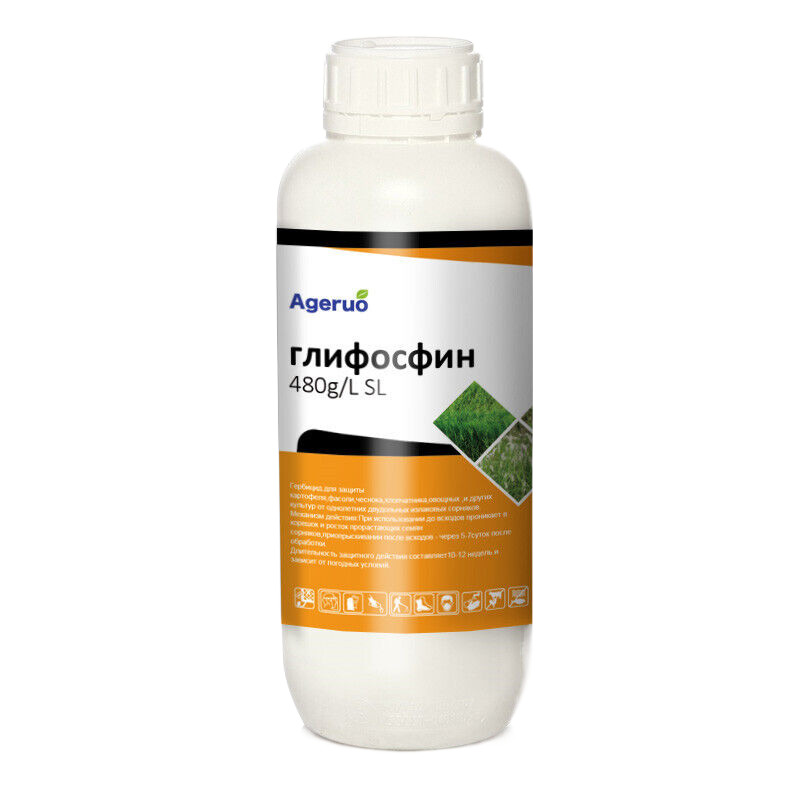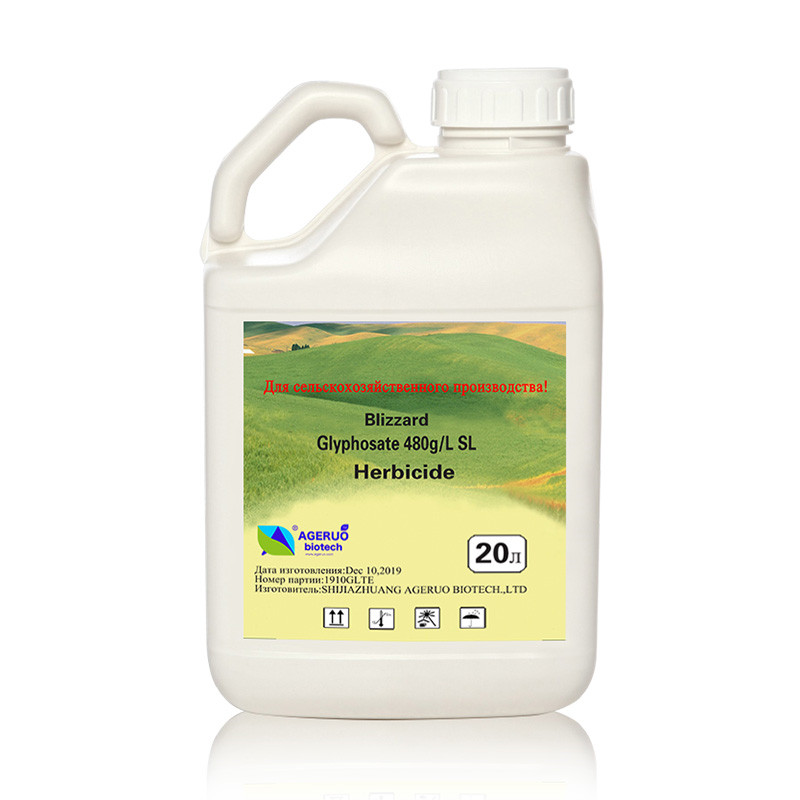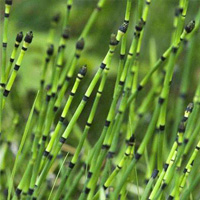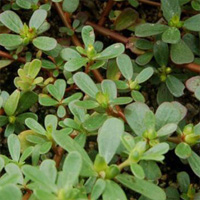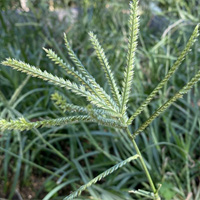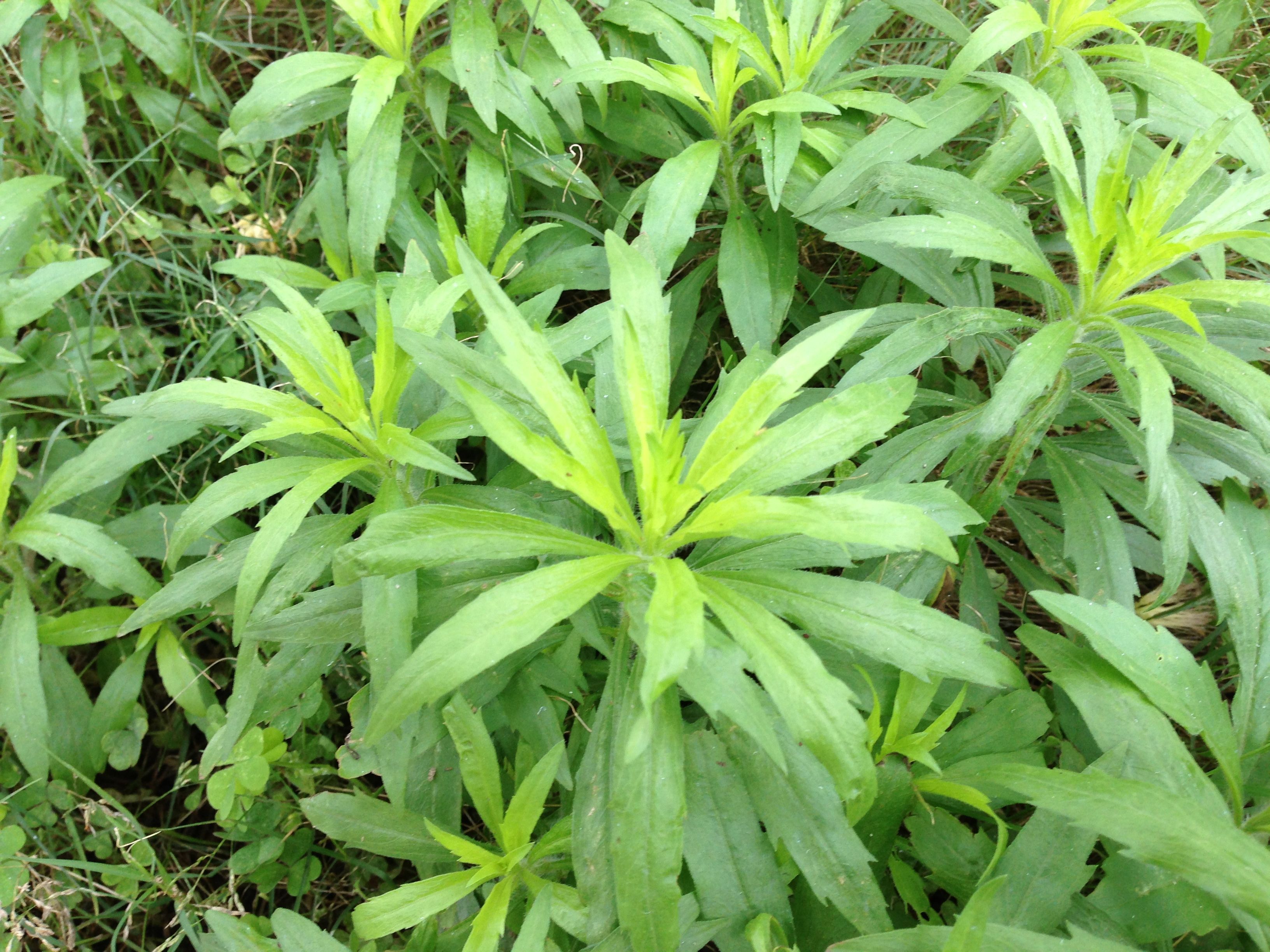- Home
- News
- What is the difference between glyphosate and glufosinate-ammonium? Why can’t glyphosate be used in orchards?
What is the difference between glyphosate and glufosinate-ammonium? Why can’t glyphosate be used in orchards?
There is only one word difference between glyphosate and glufosinate-ammonium. However, many agricultural input dealers and farmer friends are still not very clear about these two “brothers” and cannot distinguish them well. So what’s the difference? Glyphosate and glufosinate are very different! Who kills weeds better?
1. Mechanism of action: Glyphosate blocks protein synthesis and is transmitted to the underground through stems and leaves. It has strong destructive power on the underground tissues of deep-rooted weeds and can reach depths that ordinary agricultural machinery cannot reach. Glufosinate is an ammonium contact kill that inhibits glutamine synthesis, causing nitrogen metabolism disorders in plants. A large amount of ammonium accumulates in plants and chloroplasts disintegrate, thus inhibiting plant photosynthesis and eventually leading to the death of weeds.
2. Systemicity: Glyphosate is systemic and conductive, while glufosinate is semi-systemic or very weak and non-conductive.
3. Time to kill weeds: Since the principle of action of glyphosate is to kill roots by systemic absorption, it usually takes effect in about 7-10 days, while glyphosate takes effect 3-5 days after use.
4. Weeding scope: Glyphosate has a control effect on more than 160 kinds of weeds, including monocotyledonous and dicotyledonous, annual and perennial, herbs and shrubs. However, its control effect on some perennial malignant weeds is not ideal. The effect of glyphosate is not very obvious on resistant malignant weeds such as goosegrass, knotweed, and flyweed; glufosinate is a broad-spectrum, contact-killing, biocidal, non-residual herbicide with a wide range of uses. Glufosinate can be used on almost all crops (it just cannot be sprayed on the green part of the crop). It can be used for weed control between the rows of fruit trees and vegetables planted in wide rows and in non-arable land; especially for glyphosate-tolerant weeds. Some malignant weeds, such as cowweed, purslane, and dwarf weeds, are very effective.
5. Safety: Glyphosate is a biocidal herbicide that affects crop roots and cannot be used in shallow-rooted orchards. It remains in the soil and metabolizes for a long time. Glufosinate has almost no absorption and conduction effect in the root system. It can be metabolized in the soil in 3-4 days. The soil half-life is less than 10 days. It has minimal impact on the soil, crop roots and subsequent crops.
